
Myth map 👉 https://mapmyths.com
Long reads 👉 https://mapmyths.com/blog
The resurrection of a fake letter in the mid-18th century stoked international geopolitical tensions at a time when the individual reward for discovering the Northwest Passage was worth over £2 million.

The resurrection of a fake letter in the mid-18th century stoked international geopolitical tensions at a time when the individual reward for discovering the Northwest Passage was worth over £2 million.
Like most captains would, he named it Burdwood Island after himself.
Like most captains would, he named it Burdwood Island after himself.
The mission was apparently successful, with the discovery of two new islands. The first he named Nyeu Hollandt, while the other he named Opdams Eylandt.

The mission was apparently successful, with the discovery of two new islands. The first he named Nyeu Hollandt, while the other he named Opdams Eylandt.
During the early 17th century, the original Gaelic name used for the mountain recognised today as Lochnagar was Beinn nan Chìochan (the hill of the paps/breasts).

During the early 17th century, the original Gaelic name used for the mountain recognised today as Lochnagar was Beinn nan Chìochan (the hill of the paps/breasts).
Did German pirates beat Columbus to America?
Sometime in the 1470s, King Christian I of Denmark hired two German privateers "at the request of his majesty of Portugal...to explore new countries and islands in the north".

Did German pirates beat Columbus to America?
Sometime in the 1470s, King Christian I of Denmark hired two German privateers "at the request of his majesty of Portugal...to explore new countries and islands in the north".
For more sailing advice and sea monsters from the Nordic seas join me on a short tour around Olaus Magnus' 1539 Carta Marina.

For more sailing advice and sea monsters from the Nordic seas join me on a short tour around Olaus Magnus' 1539 Carta Marina.
Ultraviolet photography of this 17th-century Japanese map of Nagasaki has revealed the unsuspected paw prints of a cat.
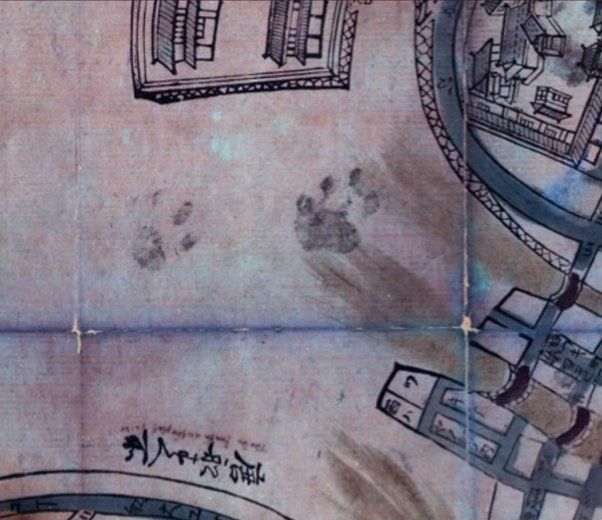
![Map: Nagasaki ezu [長崎絵図], 1680-1688. A large-scale pictorial map of the port of Nagasaki, hand-coloured, with sketches of Dutch and Chinese ships, showing also the island of Deshima. Panels at bottom left show Chinese, Dutch and other foreigners in costume, and two tables giving distances in ri of foreign ports from Japan and details of the town of Nagasaki. Source: British Library](https://cdn.bsky.app/img/feed_thumbnail/plain/did:plc:gohbwk2wlwrjiqejxg3femmz/bafkreicguuhkpniw73yb2mqgtlbjozr77xqftpilgcwfymfs6w2rm6qdxu@jpeg)
Ultraviolet photography of this 17th-century Japanese map of Nagasaki has revealed the unsuspected paw prints of a cat.
Source: www.reddit.com/r/imaginarym...

Source: www.reddit.com/r/imaginarym...
In the sixteenth century, enormous man-eating monsters ruled the oceans. Nowhere else are these fear-inducing creatures better depicted than on the 1539 "Carta Marina" by Olaus Magnus.

In the sixteenth century, enormous man-eating monsters ruled the oceans. Nowhere else are these fear-inducing creatures better depicted than on the 1539 "Carta Marina" by Olaus Magnus.
📽️ Editing by @media.elizaveta.no

📽️ Editing by @media.elizaveta.no
Discovered by the aptly named Captain Pinocchio* in 1879 off the coast of Chile, it was supposedly 1 km in circumference.
*Finocchio, according to some sources

Discovered by the aptly named Captain Pinocchio* in 1879 off the coast of Chile, it was supposedly 1 km in circumference.
*Finocchio, according to some sources
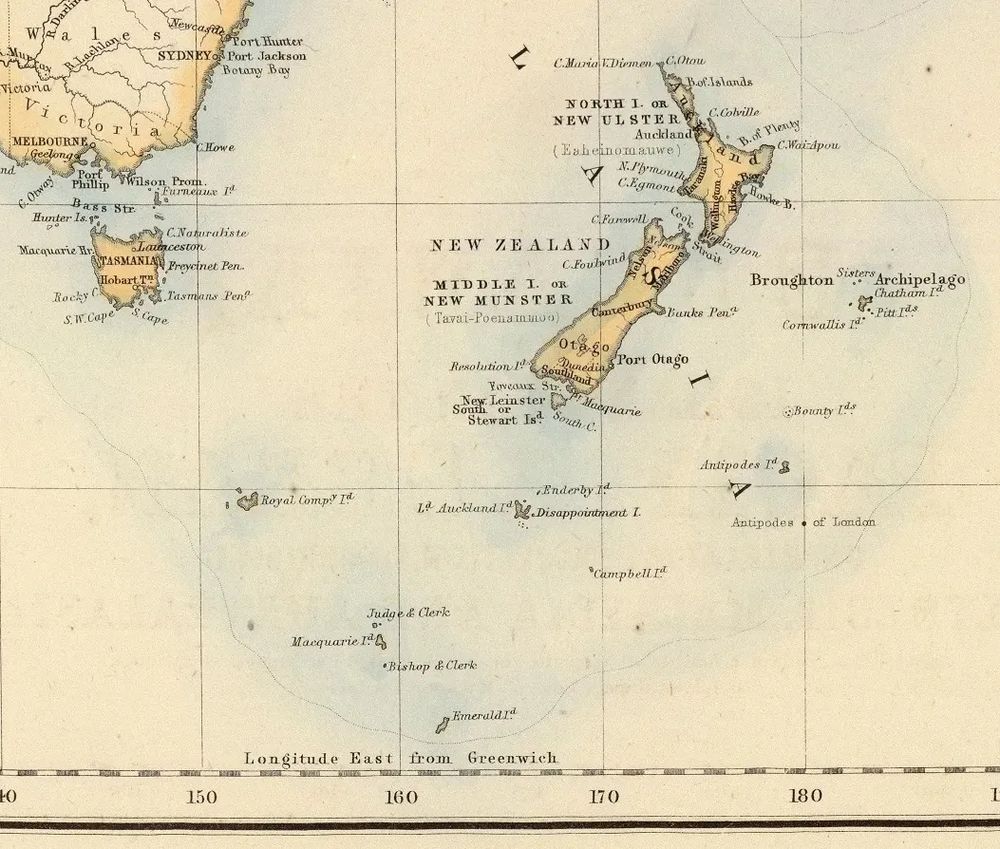

Its signature crescent shape first appears in 1367 with the label Brazir, with the more common name of Mayda appearing only later in 1553.

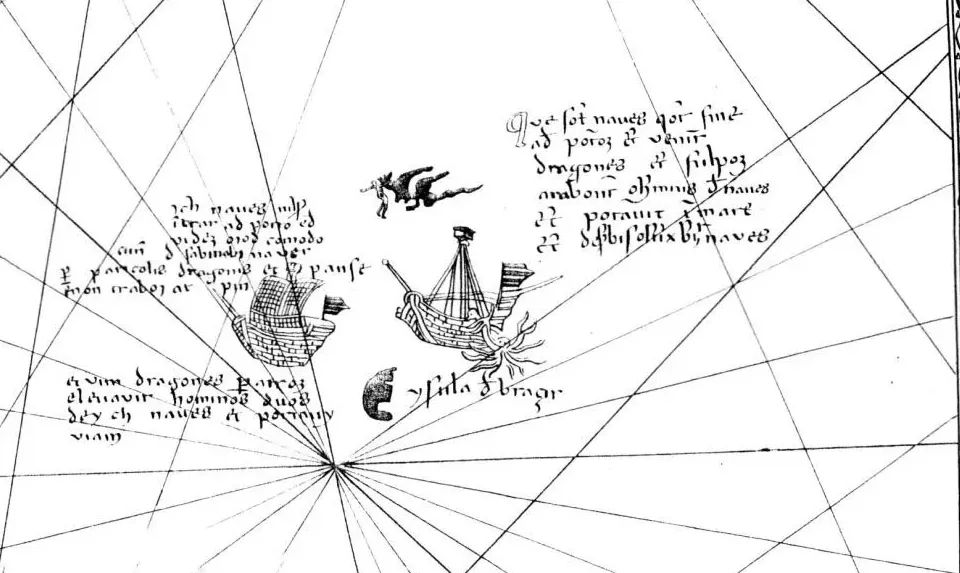
Its signature crescent shape first appears in 1367 with the label Brazir, with the more common name of Mayda appearing only later in 1553.
Was the depiction of a landmass southwest of Greenland, clearly labelled "Vinlanda Insula", proof of Viking expansion into the New World centuries before Columbus?

Was the depiction of a landmass southwest of Greenland, clearly labelled "Vinlanda Insula", proof of Viking expansion into the New World centuries before Columbus?
The most egregious mistakes included the absence of the Qatar Peninsula, seemingly replaced by Samak Island.
📖 mapmyths.com#samak
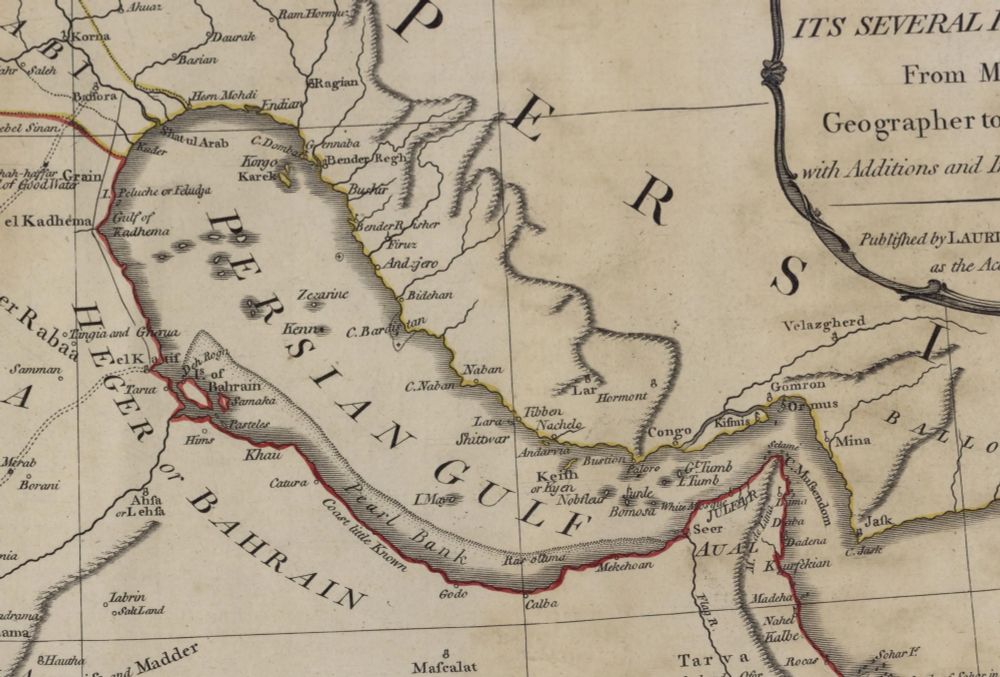
The most egregious mistakes included the absence of the Qatar Peninsula, seemingly replaced by Samak Island.
📖 mapmyths.com#samak
His reports were initially added to early Portuguese maps as a series of small islands, but later, 'Gamaland' ballooned in size across the North Pacific.
📖 mapmyths.com#de-gama's-land



His reports were initially added to early Portuguese maps as a series of small islands, but later, 'Gamaland' ballooned in size across the North Pacific.
📖 mapmyths.com#de-gama's-land
In all likelihood, this pair of islands is probably an early sighting and duplication of Marion and Prince Edward islands, around 1,500 km to the east.
📖 mapmyths.com#marseveen


In all likelihood, this pair of islands is probably an early sighting and duplication of Marion and Prince Edward islands, around 1,500 km to the east.
📖 mapmyths.com#marseveen
One phantom that slipped through was Huson's/Middle Island.


One phantom that slipped through was Huson's/Middle Island.
Little was known of the Far East during the 16th century, so Korea's insular nature was largely speculative.

Little was known of the Far East during the 16th century, so Korea's insular nature was largely speculative.
Early the next morning, another island was stumbled upon. This he named after himself - Morrell's Island.
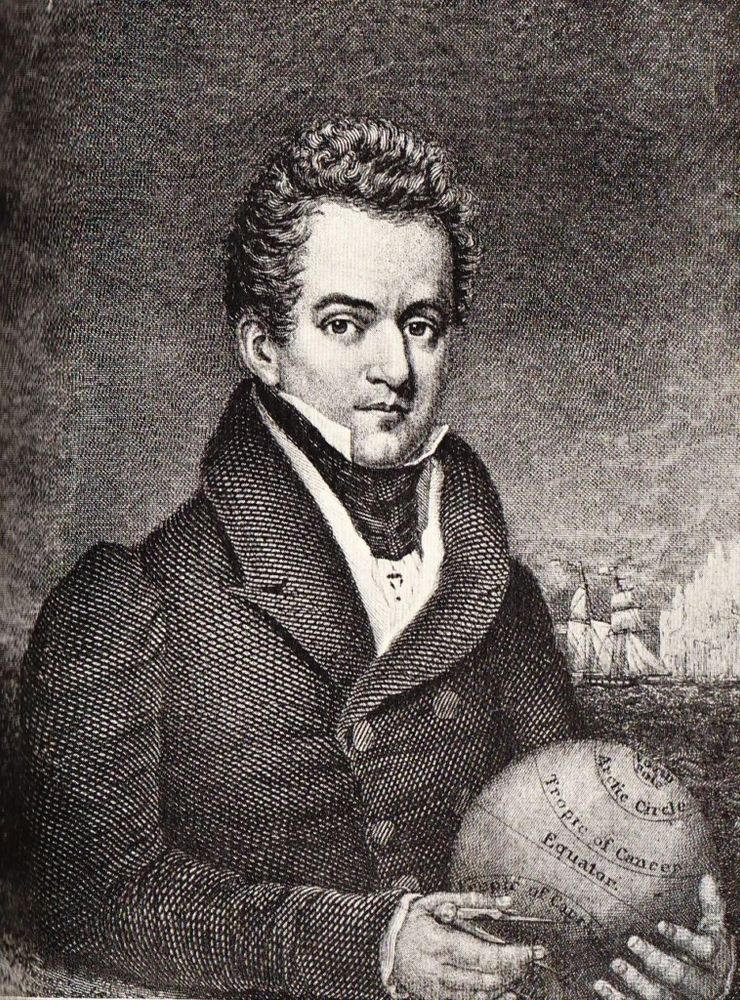
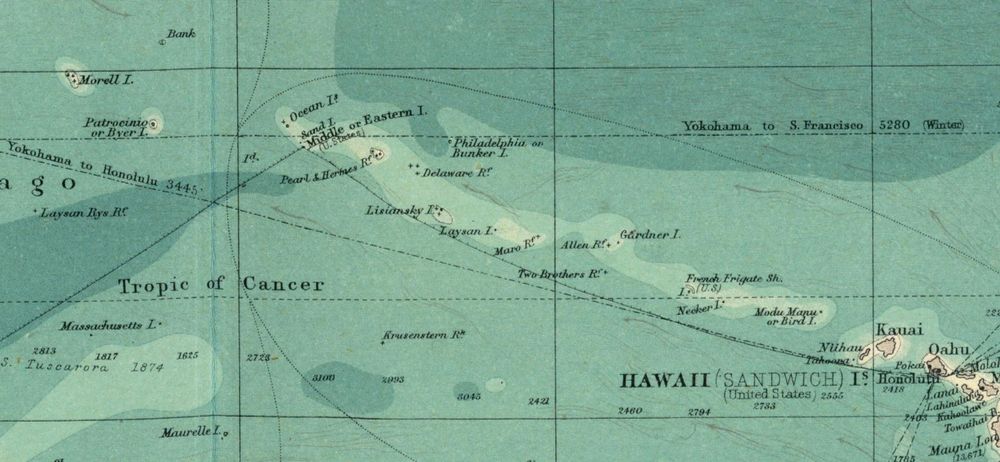
Early the next morning, another island was stumbled upon. This he named after himself - Morrell's Island.
Intertwined with this legend was Lake Parime, the vast, inland sea upon which the golden city was believed to sit.
A 🧵

Intertwined with this legend was Lake Parime, the vast, inland sea upon which the golden city was believed to sit.
A 🧵
The race to prove that 'Peary Channel' was a myth would have disastrous consequences for subsequent Danish expeditions.
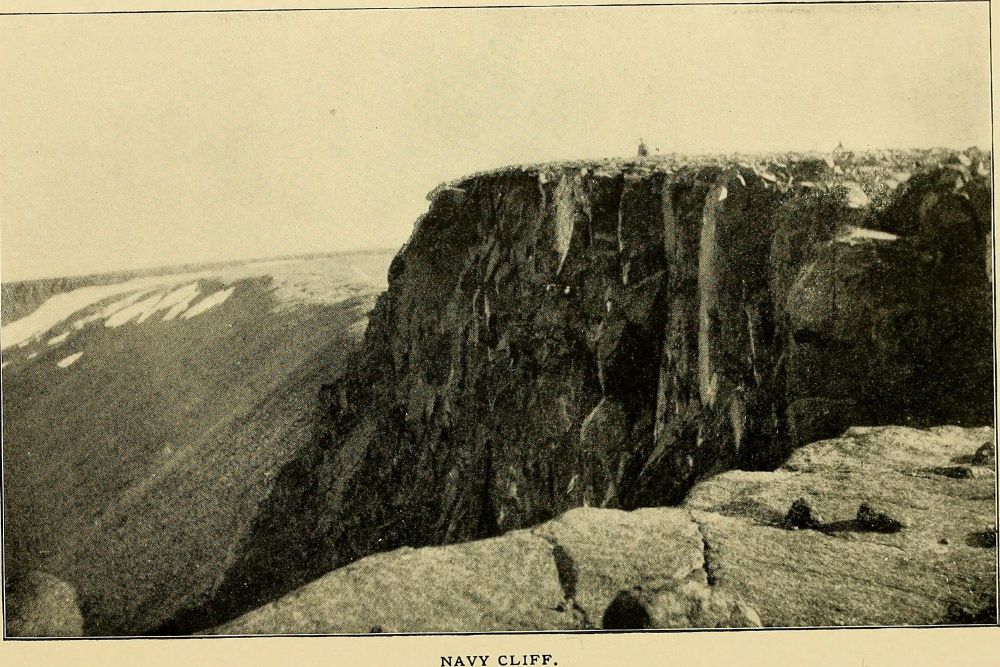

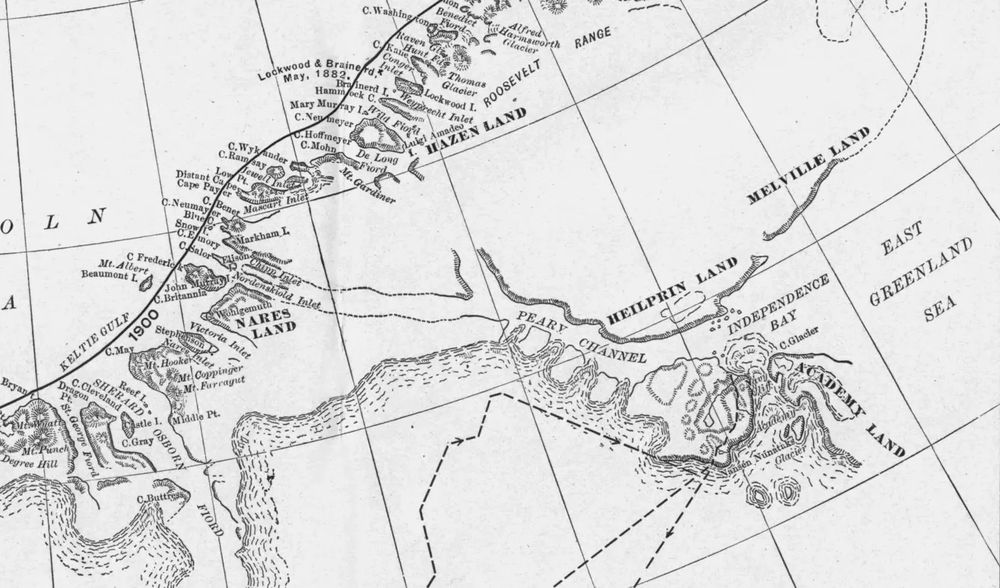

The race to prove that 'Peary Channel' was a myth would have disastrous consequences for subsequent Danish expeditions.

Still, 'Hammet' Island would survive on maps of Australia for nearly a century.


Still, 'Hammet' Island would survive on maps of Australia for nearly a century.
The high peaks were named Plover Island, yet it was just a mirage.
📖 mapmyths.com#plover-island
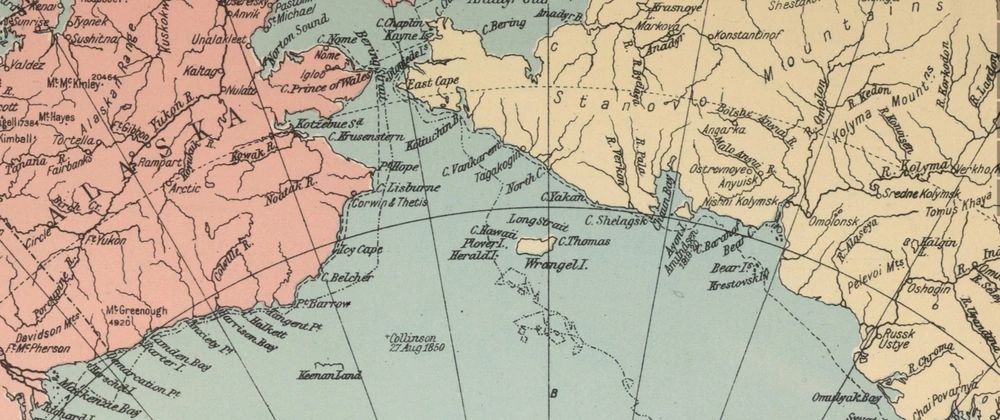

The high peaks were named Plover Island, yet it was just a mirage.
📖 mapmyths.com#plover-island

